ACL Injury Prevention and Recovery
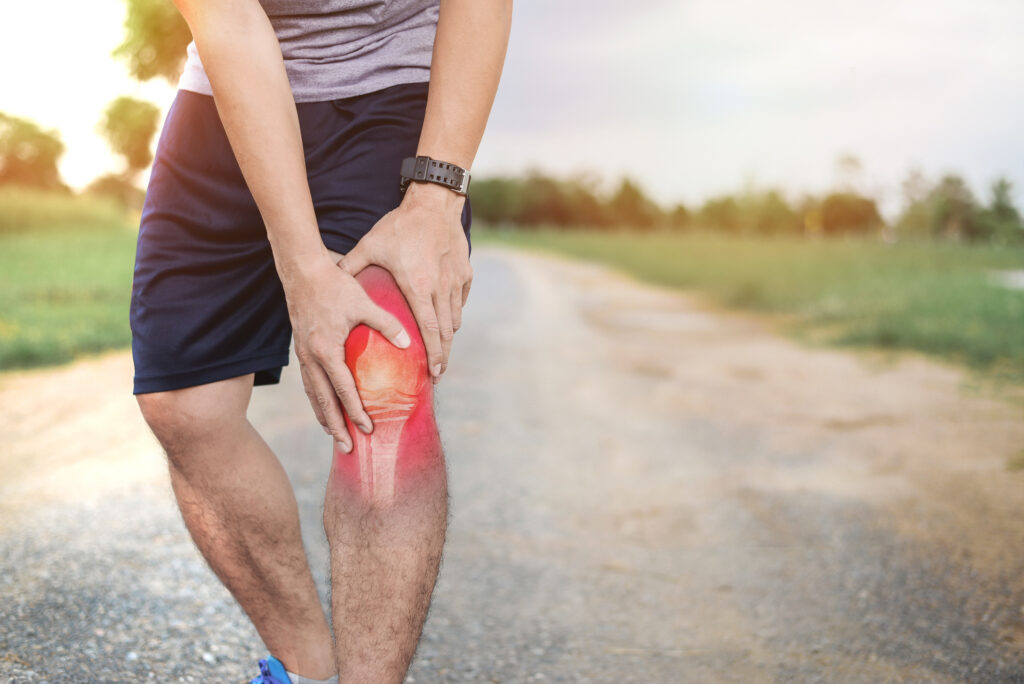
If you haven’t personally sustained a knee injury in your life, then odds are you know someone who has. “The knee joint is the second most commonly injured body site and the leading cause of sport-related surgeries. Knee injuries, especially of the anterior cruciate ligament (ACL), are among the most economically costly sport injuries, frequently requiring expensive surgery and rehabilitation” (1). The ACL is a ligament within the knee that helps prevent forward movement of the tibia (shin bone). This ligament helps stabilize the knee in various movements; without it there can be damage to other structures in the knee. Keep reading to learn some tips to help with ACL injury prevention and recovery from surgery following injury.
General tips to help prevent ACL injury
- Train for proper technique:
- Jump, landing, and balance techniques, not letting knees cave in during training or practice. Below you will see 3 different techniques, a Tuck jump, Single Hops, Balance on a BOSU Ball (uneven surface) with pushes (2). These three exercises help with muscle memory when training for proper technique.
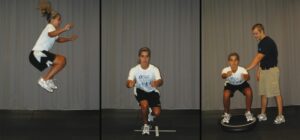 (2)
(2)
- Strengthen Posterior Chain (back of the leg muscles):
- Exercises that both condition and work these muscles are helpful as we typically focus on quad strength more than the posterior chain. The first picture is Russian Hamstring curls with band (2). This helps with hamstring strength through lengthening and shortening of the muscle.
 (2)
(2)
- The second exercise is Hamstring Curls on Ball (2). This helps with core stability, glute and hamstring strengthening while balancing.
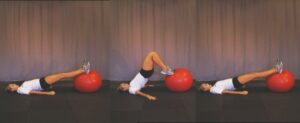 (2)
(2)
As these exercises and many others may help reduce the likelihood of ACL injury there is no way to completely prevent injury. Thus it is important to also talk about recovery from an ACL reconstruction surgery(ACLR). “Regardless of whether the injury is managed operatively or non-operatively, quadriceps strengthening and return to full range of motion are the main focus points of rehabilitation, both to regain function and prevent future injury (3).”
ACL Injury Recovery
The beginning phases of ACL injury are like any other injury, control pain, decrease any swelling, increase range of motion, and educate the patient on the process.
Phase 1:
Phase 1 begins immediately following injury or surgery and typically lasts anywhere from 1 week to 1 month. Some common exercises during this phase are:
- Single Leg Raise: in which you straighten your injured leg and tighten your quads and then lift the leg as a whole to the height of the bent non injured side, see picture 1.
- Wall slides: to help increase range of motion, see picture 2.
- Full weight bearing walking: focus on light grey leg for walking gait pattern, see picture 3.
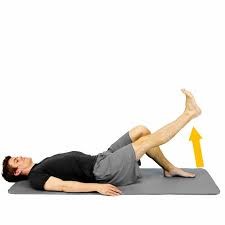 1
1 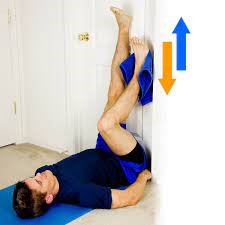 2
2
 3
3
Phase 2:
This phase can last anywhere from 1 month to 4 months and the goal in this phase is typically maintenance and acceleration. Some common exercises during this phase are listed below:
- Bicycling (indoor/stationary): pictures 1&2
- Core training progression: some general exercises shown below, picture 3 90/90 abdominal bracing with marching and picture 4 Russian twist
- Balance and control progression: picture 5 is a running man single leg balance and picture 6 is single balance with balance with ball movement
- Swimming/ under water jogging (if available): Prepare mentally for jogging in next phase.
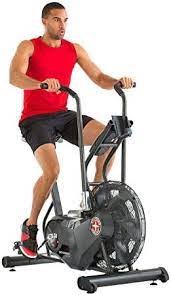 1
1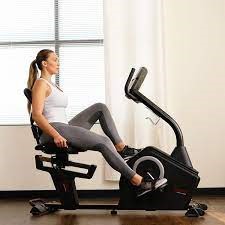 2
2
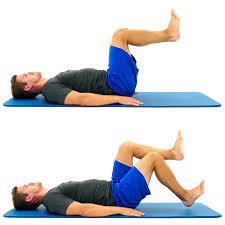 3
3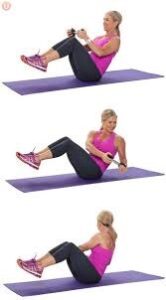 4
4 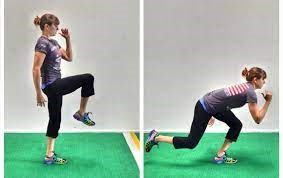 5
5 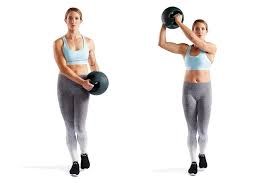 6
6
Phase 3:
Phase 3 begins approximately 4 months post-surgery and last about two months. This phase consists of more goal specific or sport specific exercises and is when you start working back into interval jogging. Start on a treadmill and as comfortability sets in with straight running, work into more sport specific running; see picture 1 below. See below for examples of exercises that can be introduced during this time.
- Landing from a jump and make sure to focus on proper form and landing evenly on both sides, see picture 2.
- Progress into jumping and landing together with proper form, see picture 2.
- Finally work into sport specific agility drills (change of directions), see picture 3 and focus on fearlessness and comfortability with injury side.
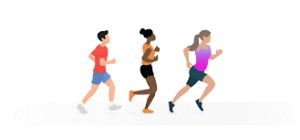 (1)
(1)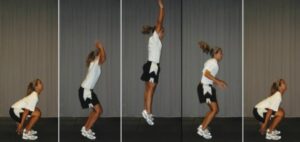 (2) (2)
(2) (2)
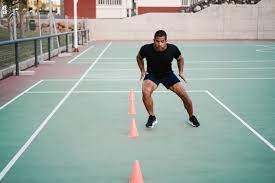 (3)
(3)
Phase 4:
Finally after 6 months plus of rehabilitation you are ready to progress into the fourth and final recovery phase. Though many surgeons would prefer patients to continue working on general strength, sport specific strengthening, and comfortability within sport till about 12 months post-surgery before returning to full competition. Each case and surgeon are different, thus it is important to follow the recommendation from your provider and don’t be afraid to ask questions.
These are just some helpful tips for acl injury prevention and recovery from surgery after injury.
References:
- A Multisport Epidemiologic Comparison of Anterior Cruciate Ligament Injuries in High School Athletics. Joseph, Allen. et all. J Athl Train (2013) 48 (6): 810–817.
- UNDERSTANDING AND PREVENTING ACL INJURIES: CURRENT BIOMECHANICAL AND EPIDEMIOLOGIC CONSIDERATIONS – UPDATE 2010. Hewett, T. et all. N Am J Sports Phys Ther. 2010 Dec; 5(4): 234–251.
- ACL Rehabilitation: How Can We Lessen Injury Rates?. Perry, Allison. Et all. Operative Techniques in Sports Medicine, Volume 30, Issue 1, March 2022, 150892.
- Principles of postoperative anterior cruciate ligament rehabilitation. Saka T. World J Orthop. 2014 Sep 18;5(4):450-9. doi: 10.5312/wjo.v5.i4.450. PMID: 25232521; PMCID: PMC4133451.
Written by: Tasji Huffman, MAT, LAT, ATC, Madras High School Athletic Trainer for The Center Foundation in Bend, OR. Learn more about Tasji HERE
